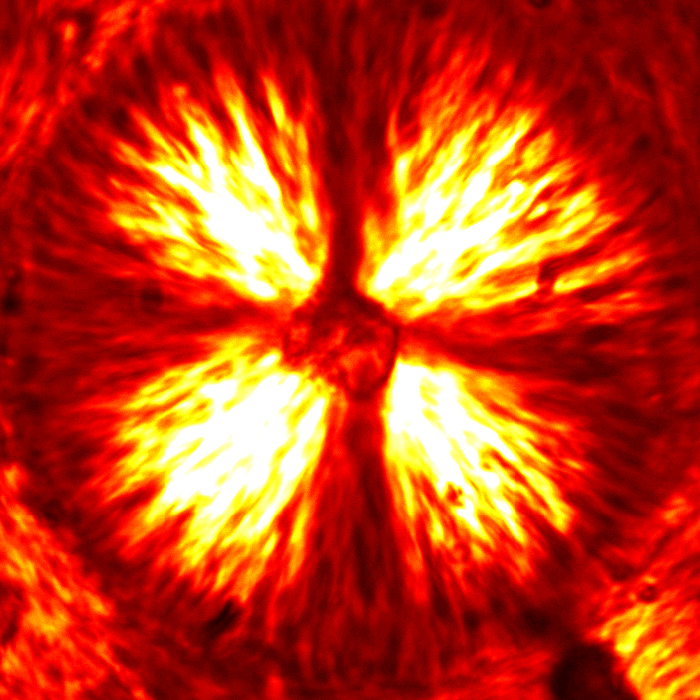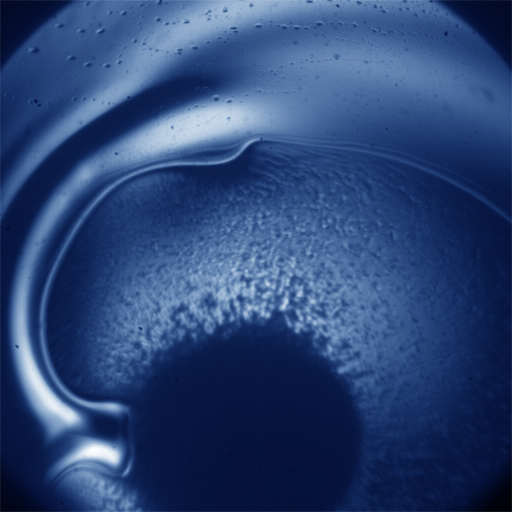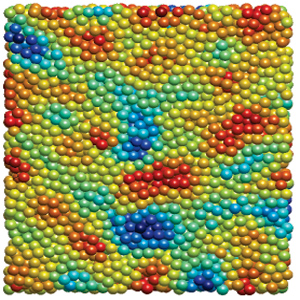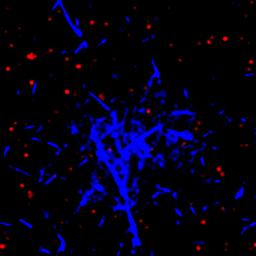




 |
|||
 |

|

|
 |

Microtubules are stiff biopolymers that contribute to structure within cells. Due to recently developed techniques for purifying tubulin, the monomer basis of microtubules, the mechanical architecture of cells is becoming increasingly well understood from a physical perspective. When reconstituted in vitro, microtubules can exhibit large-scale ordering resulting in bulk liquid crystalline structures. Liquid crystals made from microtubules are inherently soft due to the fact that the liquid crystal is comprised of macromolecules, so perturbations on the order of the length of microtubules (~25 microns) cause both macroscopic and microscopic defects. We can observe these defects (1) on the macroscopic scale, by considering emergence of birefringence patterns, and (2) on the local scale by fluorescently labeling individual tubulin and visualizing them with confocal microscopy.
We consider the effects of confinement on ordering for different concentrations of microtubles by constructing quasi-2D microfluidic chambers from PDMS. Our microfluidic devices have a height of ~15 microns, and lateral length scales ranging from 100 microns to 1 mm. By varying the shape of the main chambers to include circles, rectangles of various aspect ratios, and irregular shapes, we can explore the effects of confinement of the ordering of microtubules. We also include "barriers" in some chambers to show how the microtubules behave around "stable" bubbles.
This will lay the groundwork for investigations into how perturbations alter teh structure of the microtubule network, allowing us to study how structure and anisotropy affect the way that other fluids move through the material. We can consider several different regimes of behavior by varying whether the traversing fluid is (1) an incompressible fluid like water of oil, or (2) a compressible fluid like air. We can also consider several different bubble behaviors for the dispersed fluid, including (1) simple travel from the one end of the material to another, (2) the coalescence to two bubbles, and (3) break-off of one bubble from another. We must consider variations in the direction of travel of the dispersed fluid in order to address the effects of anisotropy.
For more information please contact Dan Blair.